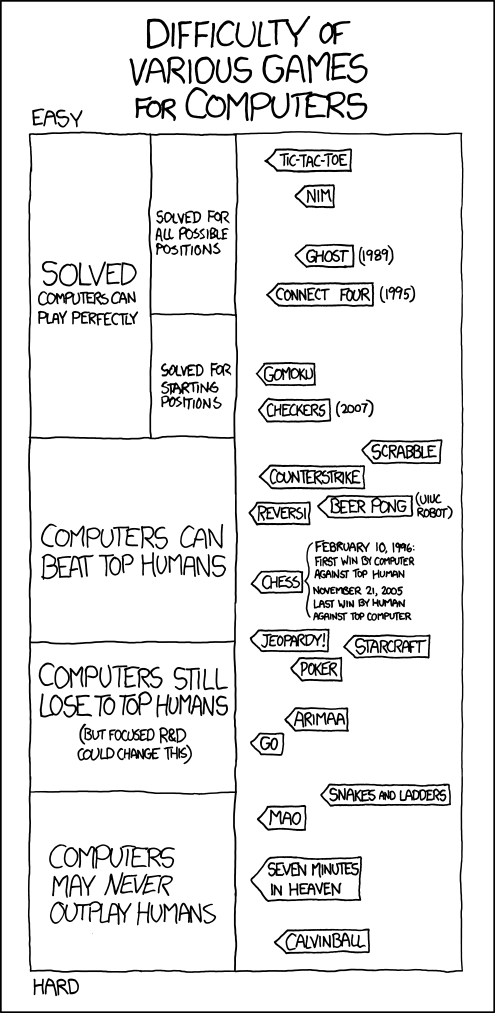If I had time, I'd really like to explore the connection between this and an earlier OE post on the growth fetish:Private equity is by no means unique in this respect: it happens at pretty much every public company, too. John Gapper, today, has a column about the way it destroys values at struggling technology companies:
Most public companies are run by people who hate folding ’em, and instead keep returning to the shareholders and bondholders for more chips…
Few senior executives, when debating options for a technology company in decline, admit defeat and run it modestly. Instead, they cast around for businesses to buy, or try to hurdle the chasm with what they have got. Sometimes they succeed but often they don’t, wasting a lot of money along the way.
It goes against their instincts to concede that the odds are so stacked against them that it is not worth the gamble. Mr Perez would have faced a hostile audience if he’d admitted it to the citizens of Rochester, Kodak’s company town in New York, but its investors would have benefited.
At many companies, then, both public and private, the optimal course of action is a modest one — run the business so that it makes a reasonable profit, and can continue to operate indefinitely. If you chase after growth, you often end up in bankruptcy: that’s one reason why the oldest companies in the world are all family-run. Families, unlike public companies or private-equity shops, don’t need growth: they’re more interested in looking after their business over the very, very long run.
It's obvious that our economy is suffering from a lack of growth but for a while now I've come to suspect that in a more limited but still dangerous sense we also overvalue growth and that this bias has distorted the market and sometimes encouraged executives to pursue suboptimal strategies (such as Border's attempt to expand into the British market).
Think of it this way, if we ignore all those questions about stakeholders and the larger impact of a company, you can boil the value of a business down to a single scalar: just take the profits over the lifetime of a company and apply an appropriate discount function (not trivial but certainly doable). The goal of a company's management is to maximize this number and the goal of the market is to assign a price to the company that accurately reflects that number.
The first part of the hypothesis is that there are different possible growth curves associated with a business and, ignoring the unlikely possibility of a tie, there is a particular curve that optimizes profits for a particular business. In other words, some companies are better off growing rapidly; some are better off with slow or deferred growth; some are better off simply staying at the same level; and some are better off being allowed to slowly contract.
It's not difficult to come up with examples of ill-conceived expansions. Growth almost always entails numerous risks for an established company. Costs increase and generally debt does as well. Scalability is usually a concern. And perhaps most importantly, growth usually entails moving into an area where you probably don't know what the hell you're doing. I recall Peter Lynch (certainly a fan of growth stocks) warning investors to put off buying into chains until the businesses had demonstrated the ability to set up successful operations in other cities.
But the idea of getting in on a fast-growing company is still tremendously attractive, appealing enough to unduly influence people's judgement (and no, I don't see any reason to mangle a sentence just to keep an infinitive in one piece). For reasons that merit a post of their own (GE will be mentioned), that natural bias toward growth companies has metastasised into a pervasive fetish.
This bias does more than inflate the prices of certain stocks; it pressures people running companies to make all sorts of bad decisions from moving into markets where you don't belong (Borders) to pumping up market share with unprofitable customers (Groupon) to overpaying for acquisitions (too many examples to mention).
As mentioned before we need to speed up the growth of our economy, but those pro-growth policies have to start with a realistic vision of how business works and a reasonable expectation of what we can expect growth to do (not, for example, to alleviate the need for more saving and a good social safety net). Fantasies of easy and unlimited wealth are part of what got us into this mess. They certainly aren't going to help us get out of it.








